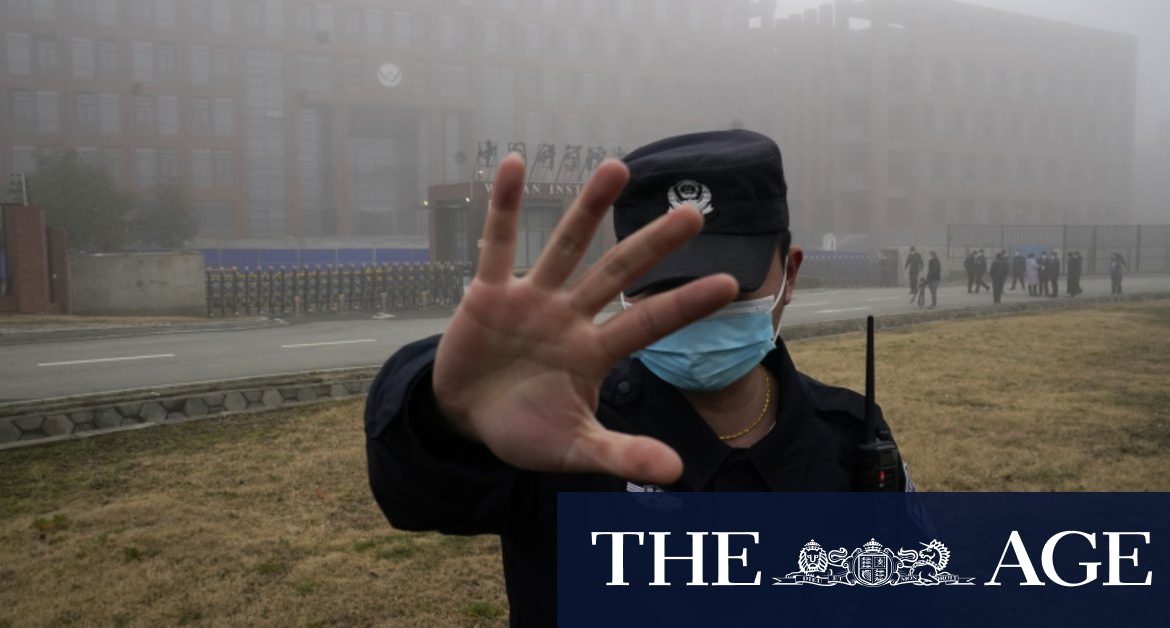The institute’s deputy director is Shi Zhengli, a virologist who worked with Peter Daszak, a zoologist on the WHO team mission, to track down the origins of SARS that originated in China and led to the 2003 outbreak. She has published widely in academic journalists and worked to debunk theories espoused by the former Trump administration and other American officials that the virus is either a bioweapon or a “lab leak” from the institute.
Following two weeks in quarantine, the WHO team that includes experts from 10 nations has visited hospitals, research institutes and a traditional wet market linked to many of the first cases, and an exhibition on the battle with the outbreak in the provincial capital of Wuhan. On Tuesday, they spent 4½ hours visiting the Hubei Centre for Disease Control and Prevention.
No full itinerary for the group’s field work has been announced, and journalists covering the tightly controlled visit have been kept at a distance from team members.
Yanzhong Huang, senior fellow with the Council of Foreign Relations in Washington, said two weeks in the field was not much time for the experts.
Their visit followed months of negotiations as China seeks to retain tight control over information about the outbreak and the investigation into its origins, possibly to avoid blame for alleged missteps in its early response.
A worker in protective overalls takes the temperature of a woman entering the Hubei Centre for Disease Control and Prevention as the World Health Organisation team makes a visit.Credit:AP
Loading
Confirmation of the origins of the virus is likely to take years. Pinning down an outbreak’s animal reservoir typically requires exhaustive research including taking animal samples, genetic analysis and epidemiological studies. One possibility is that a wildlife poacher might have passed the virus to traders who carried it to Wuhan.
The first clusters of COVID-19 were detected in Wuhan in late 2019, prompting the government to put the city of 11 million under a strict 76-day lockdown. China has since reported more than 89,000 cases and 4600 deaths, with new cases largely concentrated in its frigid north-east and local lockdowns and travel restrictions being imposed to contain the outbreaks.
New cases of local transmission continue to fall with just 15 reported on Wednesday as Chinese heed government calls not to travel for the Lunar New Year holiday later this month.
AP, with Reuters
Most Viewed in World
Loading







